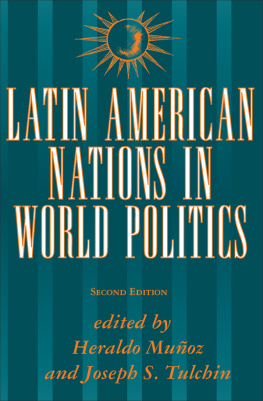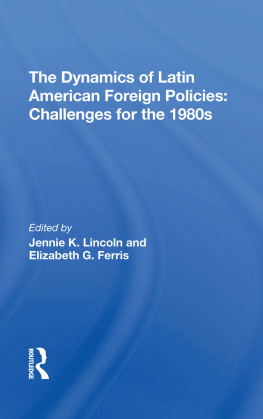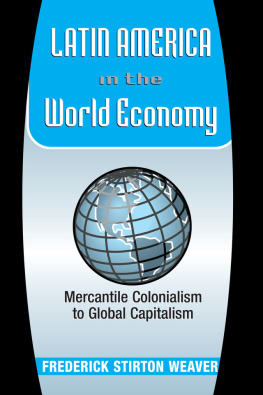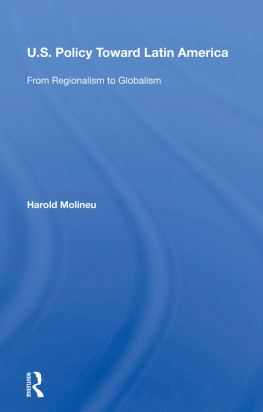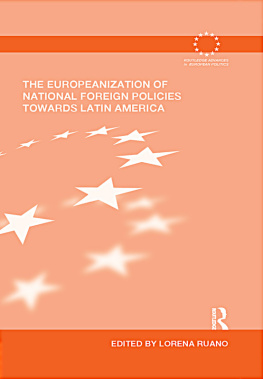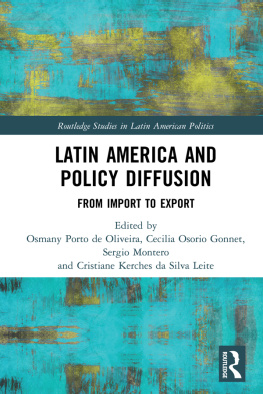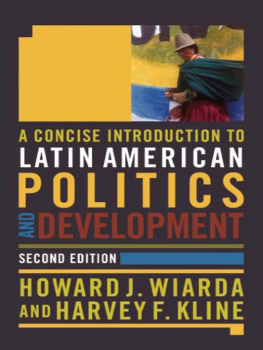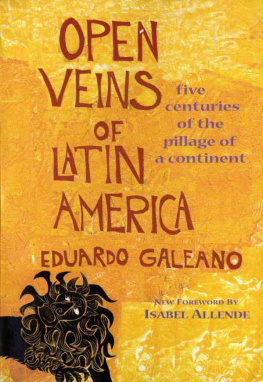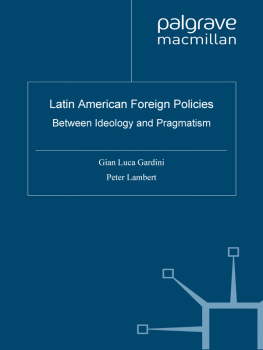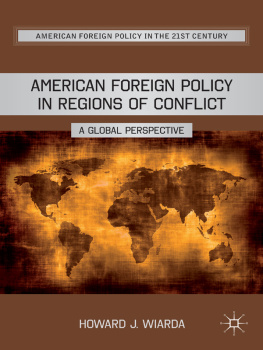I. Historical Perspective: Three Waves of Regionalism
Historically, the importance of regional integration as a means toward economic, political and social stability has long been recognized in LAC political discourse. As argued by Domnguez (2007, 85), the first ideas about the design and construction of regional institutions in Latin America emerged from the ashes of a failed state, imperial Spain and have been a recurring theme of its political leadership since then.
A common thread in this line of work is the perception of regionalism less as a deliberate policy goal and more as a response to structural constraints that have continuously challenged the development models in which trade strategies are embedded. In this sense, it is crucial to understand how the structure of the global economic and political system interacted with external and domestic dynamics to give rise to the three waves of regional integration observed in LAC history.
The Old Regionalism
The first wave of economic regionalism surfaced in LAC in the 1960s, amid a thrust of regional integration initiatives that encompassed most of the globe. The international system was framed by the bipolarity of the Cold War and the decolonization process that fostered nationalist sentiment and protectionist policies, whereas the regional context was characterized by the deceleration of economic growth that had been brought about by decades of import substitution policies.
The period of 1930 to 1950 saw LAC industrialization and growth sustained to a large degree by the protection of domestic markets and proactive state economic policy. This pattern of state-led industrialization was partially justified by deteriorating terms of trade for the region due to slipping commodity prices, and failure of the General Agreement on Tariffs and Trade (GATT; now the World Trade Organization, WTO) to reduce high levels of protection on sectors where the region had a comparative advantage (Ocampo, 2006). Although import substitution initially spurred strong economic performance, growth started to slow down in the second half of the 1950s. The diagnosis was that industrialization based on small domestic markets was increasingly inefficient. Therefore, if developing countries got together and specialized among themselves, while maintaining tariff barriers to the rest of the world, the cost of import substitution policies would hopefully be reduced.
In this context, regional integration was seen as a vehicle to expand the limits of import substitution by rationalizing domestic protection, inducing competition, expanding market size, and providing an environment to nurture diversification into manufactured exports (Devlin and Giordano, 2004). This solution was conceptual and economically justified in the writings of the Economic Commission for Latin America and the Caribbean, under the leadership of Ral Prebisch, and was enshrined in the first article of the founding Charter of the Inter-American Development Bank (Prebisch, 1962; Bouzas and Knaack, 2009).
The institutional framework of the first wave of regionalism saw the establishment of the Latin America Free Trade Area (LAFTA) and the Central American Common Market (CACM) in 1960, the Andean Pact (later Andean Community or CAN) in 1969 and the Caribbean Free Trade Association (later CARICOM) in 1973. This round of experiences in regional integration, while not without its merits, was frustrated by the very phenomenon it aimed to rationalize: the domestic vocation of protection that, with the exception of Central America, blocked advances once the initial phases of liberalization were completed. As a result, the aforementioned organizations had lost their dynamism by the 1970s, and as import-substitution strategies withered under the weight of the debt crisis, so did the first wave of regional integration in LAC.
The New Regionalism
In the late 1980s and early 1990s, the end of the Cold War marked a drastic shift in the configu-ration of the international system, in which peripheral countries risked losing strategic importance with the end of the bipolar confrontation between the United States and the Soviet Union. At the same time, at the regional level, the process of re-democratization that took hold in LAC, the severe debt crisis that engulfed its economies, and the ensuing process of market-oriented reforms led the way for a second wave of regionalism.
With the United States abandoning its traditional position of supporting trade liberalization solely on a multilateral basis, regionalism regained momentum in LAC and elsewhere. An inflection point became evident in 1994, when the region was faced with four non-mutually exclusive trade liberalization options: multilateralism, with the conclusion of the Uruguay Round and the active participation of LAC in the newly created WTO; regionalism, with an emphasis on ambitious plans of reviving customs unions and advancing toward common markets; plurilateralism, embodied in the negotiations for the hemispheric Free Trade Area of the Americas (FTAA), and bilateralism, with the novelty of fully reciprocal NorthSouth agreements.
In this context, regionalism was complemented by trade liberalization efforts that extended beyond LAC while supporting a fundamentally different policy framework: whereas in the old regionalism deepening import substitution was the major goal, the new regionalism was an integral part of the structural reform process, in the context of the so-called Washington Consensus, designed to make the regional economies more open, outward-looking and internationally competitive (Devlin and Estevadeordal, 2001).
As a result of a wider-cast net of integration arrangements, the second wave of regionalism witnessed a boom in the number of agreements and organizations. This increase manifested itself in the institutionalization of LAFTA into the Latin American Integration Association (LAIA), the creation of the Common Market of the South (Mercosur), the relaunching of both CACM and CAN, and the unprecedented phenomenon of countries pursuing preferential trade agreements with industrialized economies. In fact, the signing of the North America Free Trade Agreement (NAFTA), the first NorthSouth free trade area (FTA), epitomized the new approach to trade integration (Bouzas and Ros, 1994).



